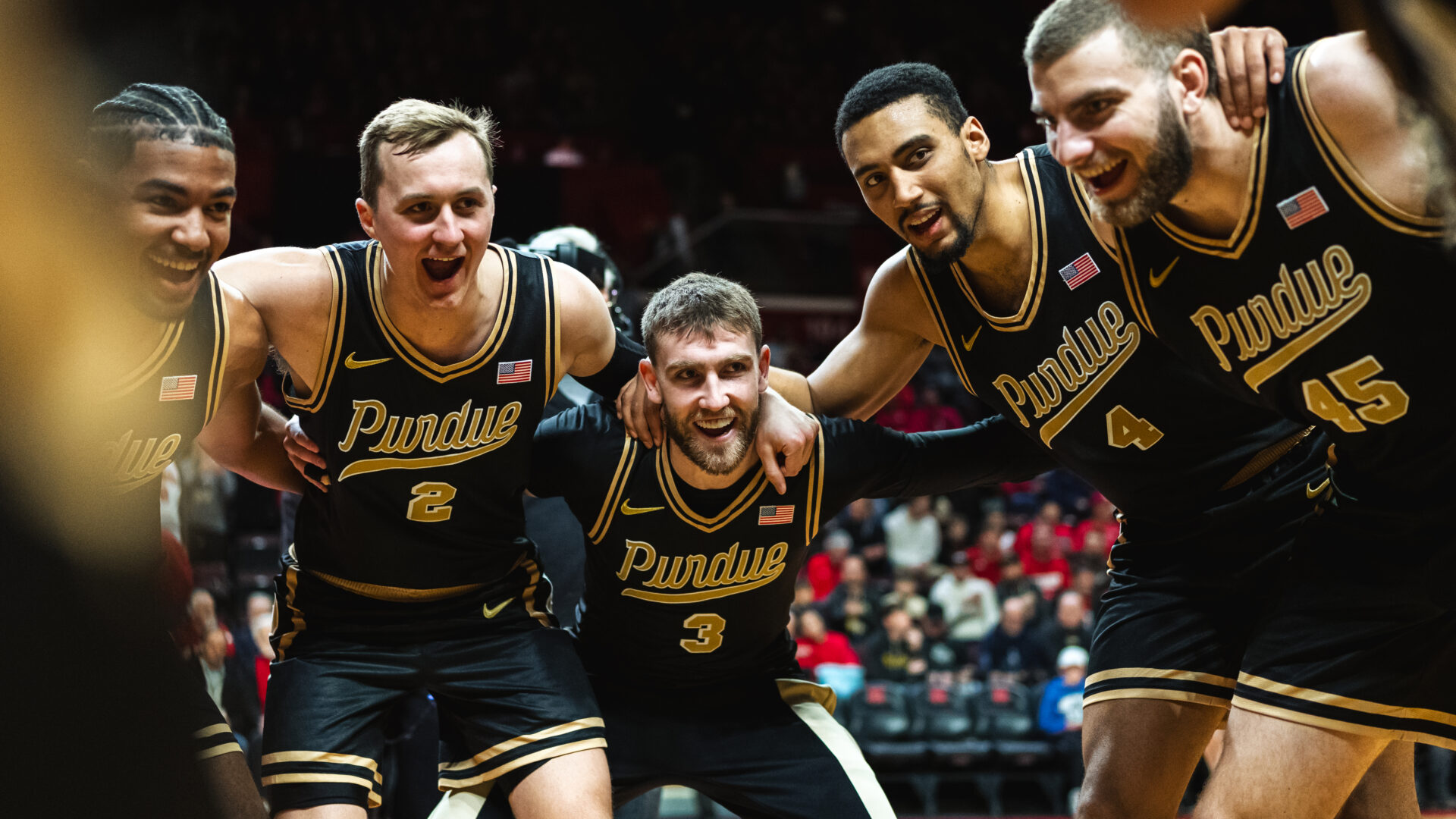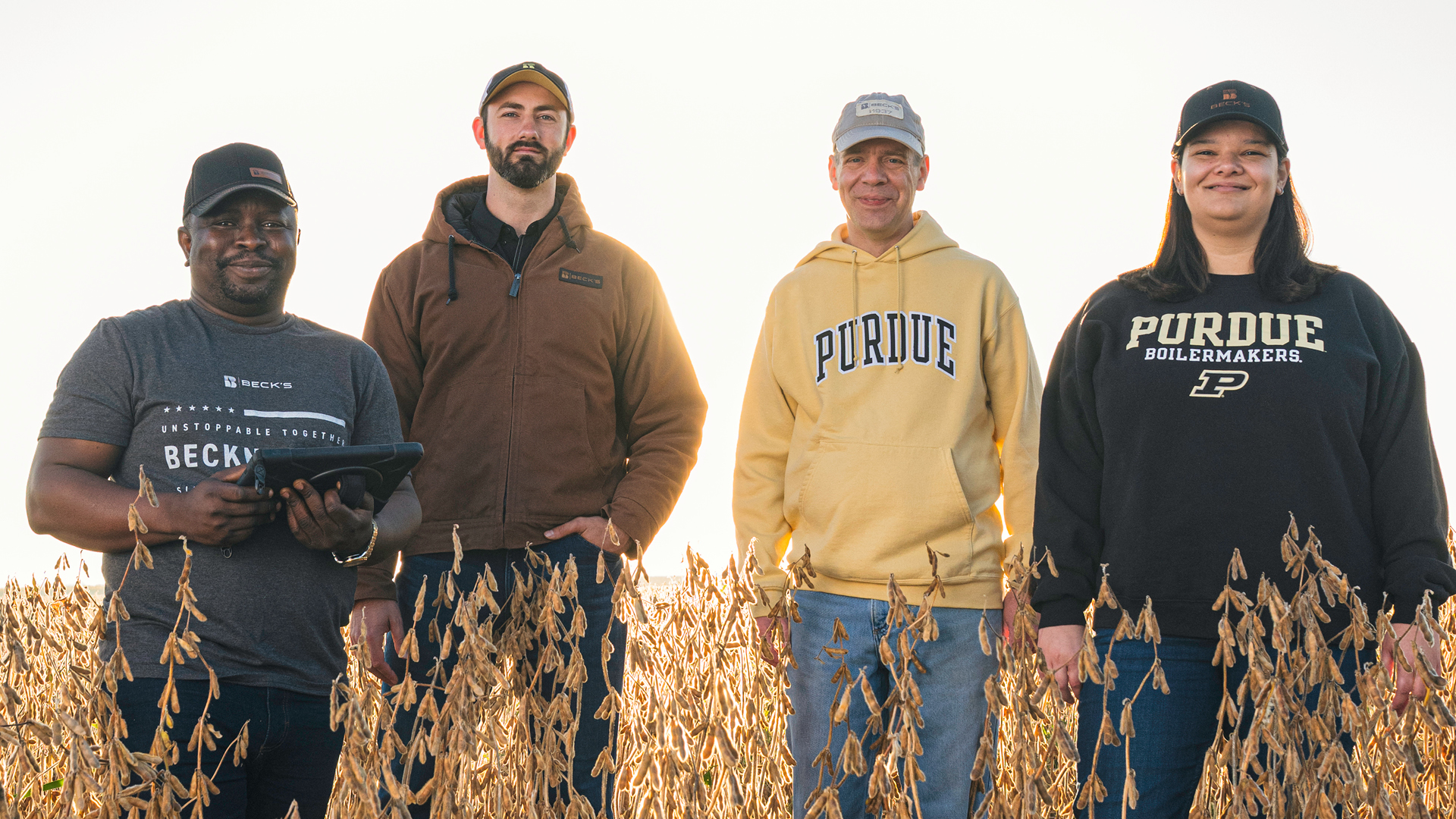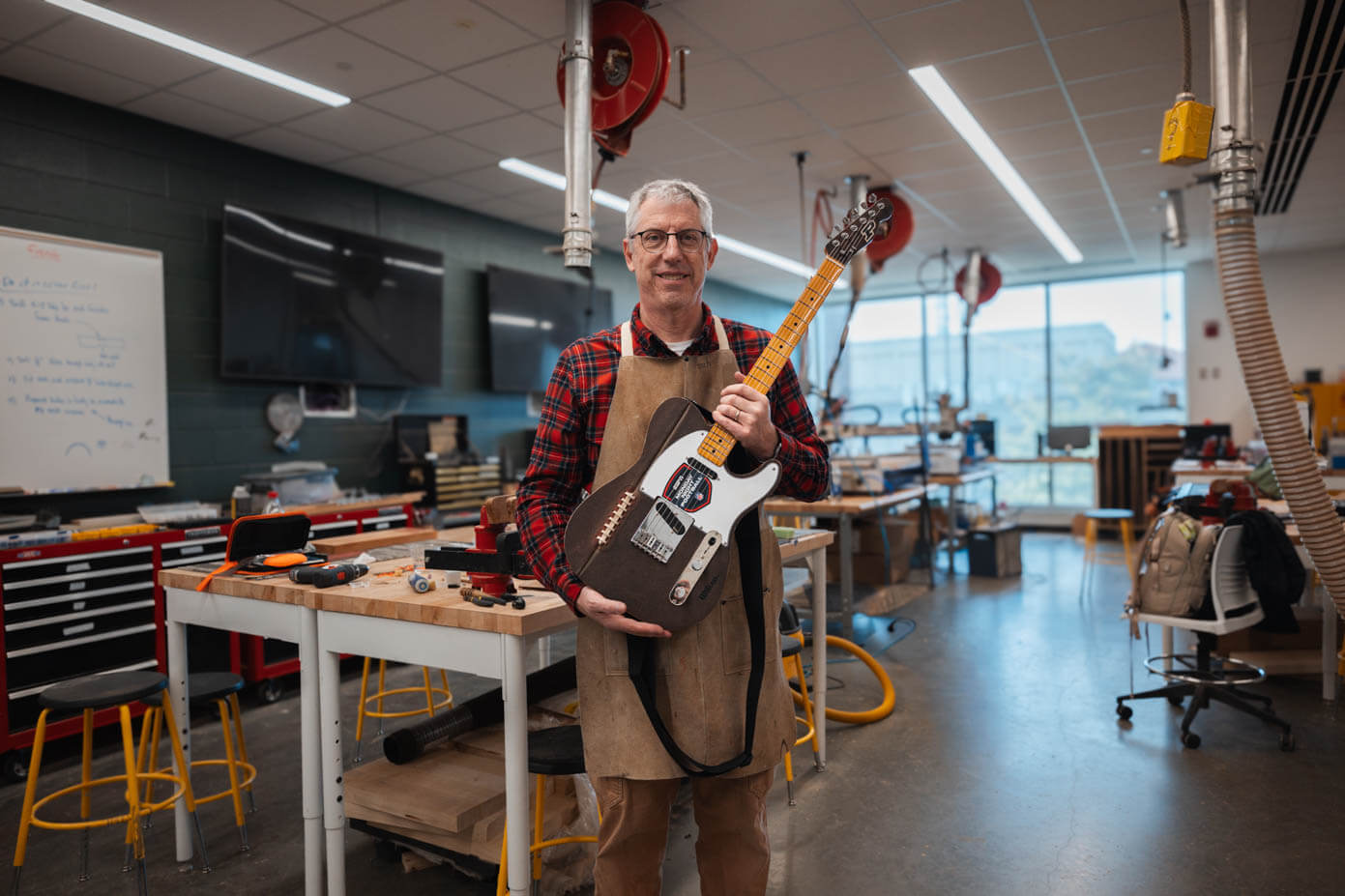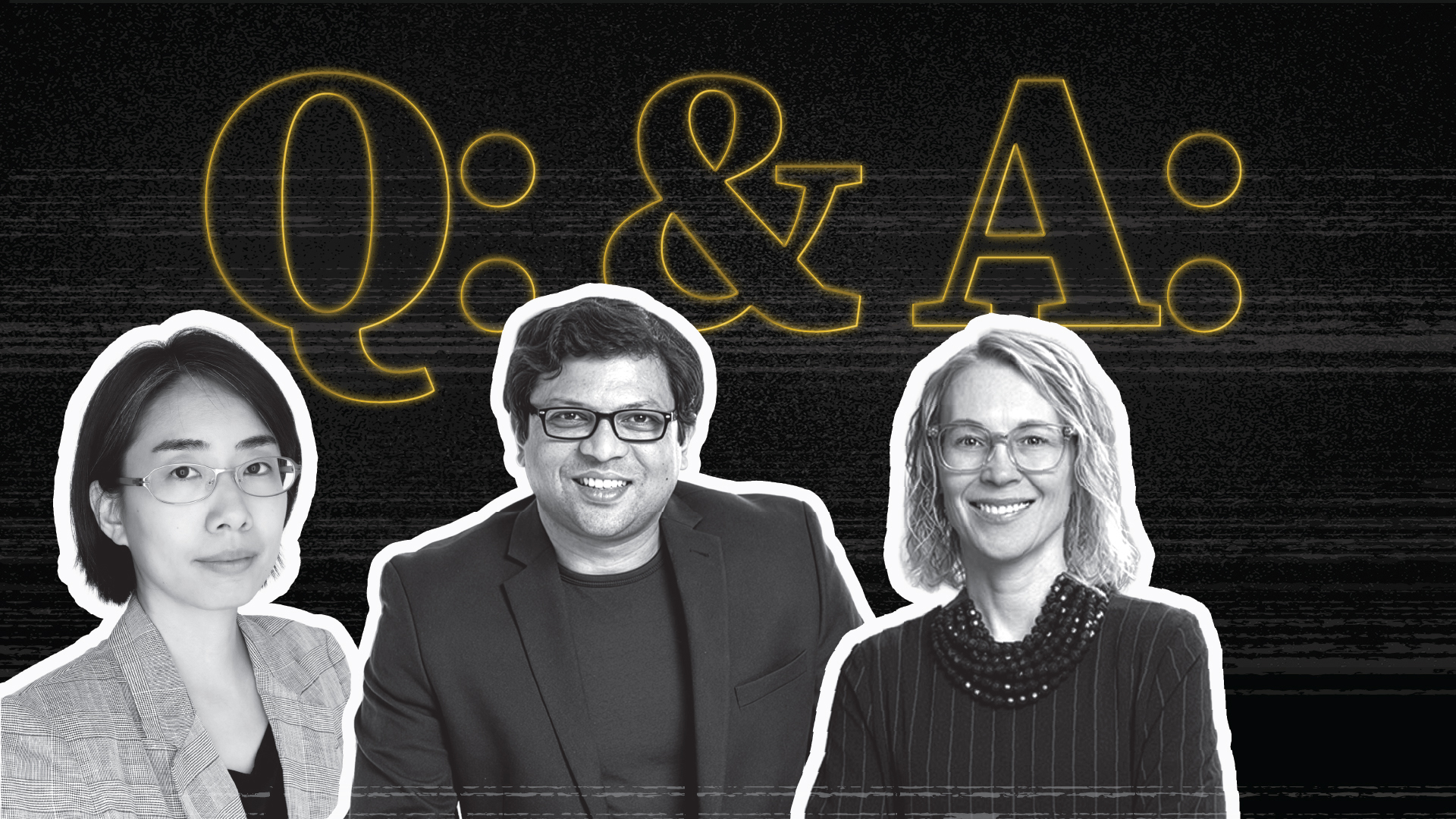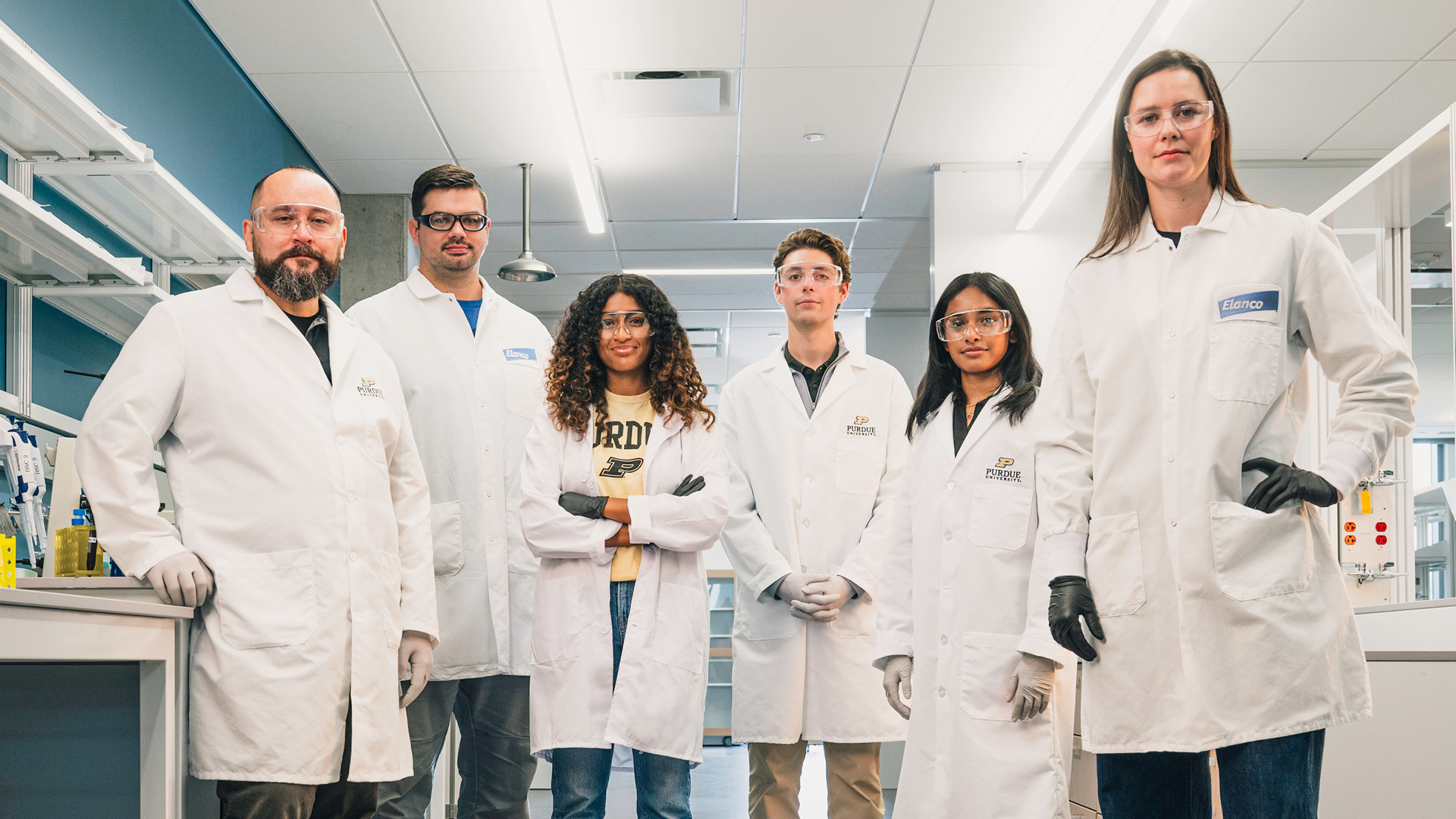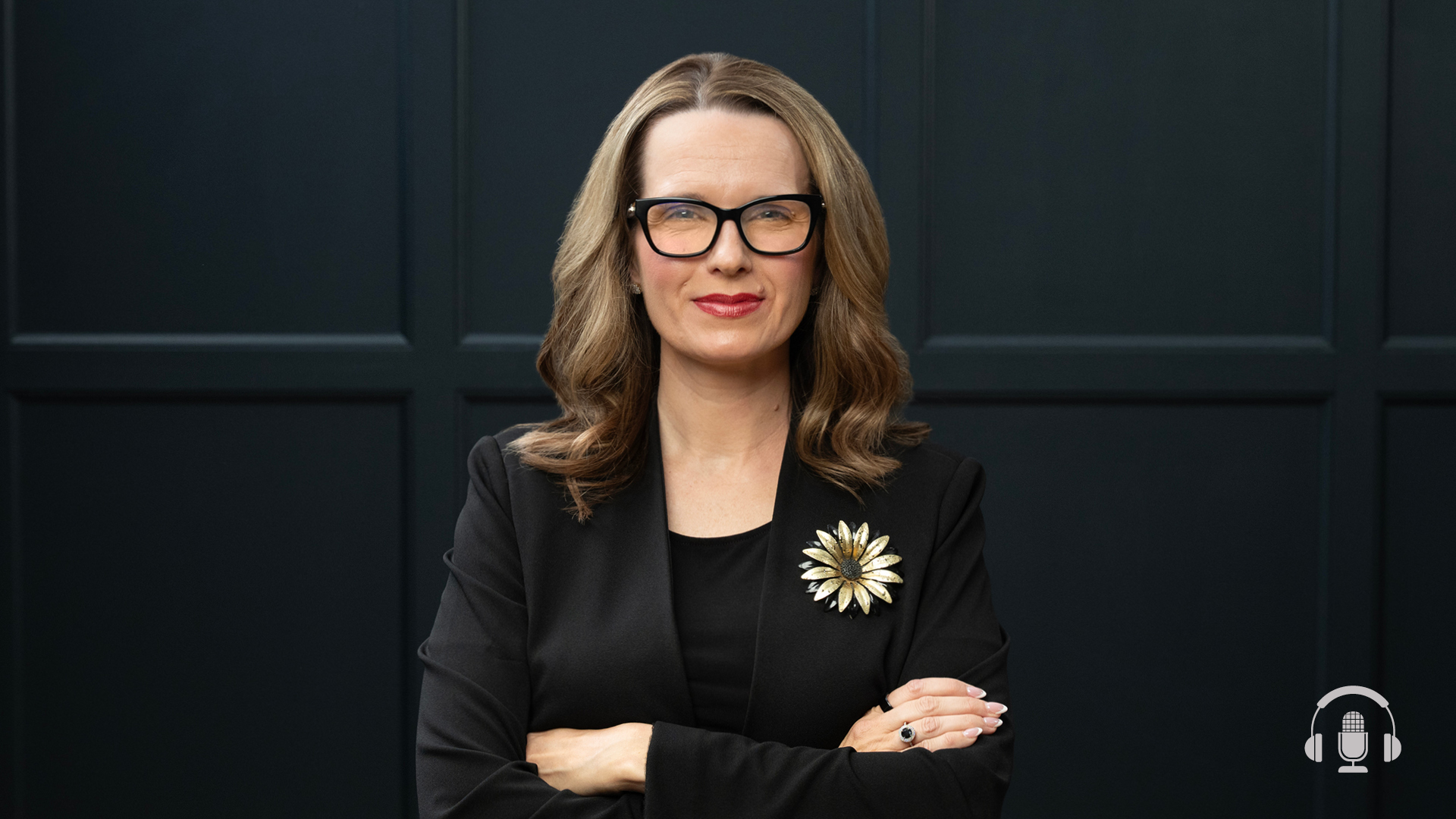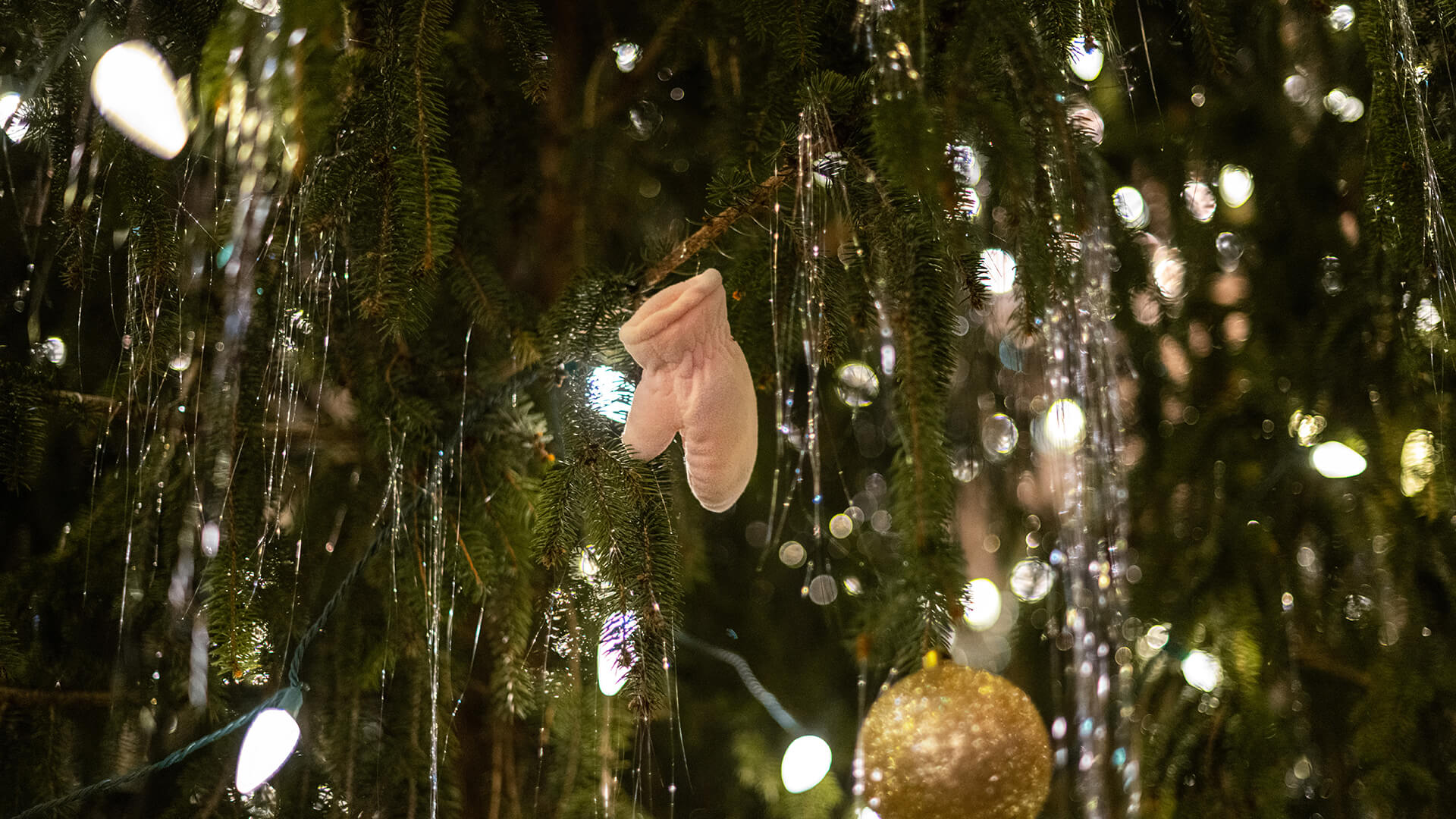Babak Anasori accelerates innovation, hands-on learning for students in nanomaterials
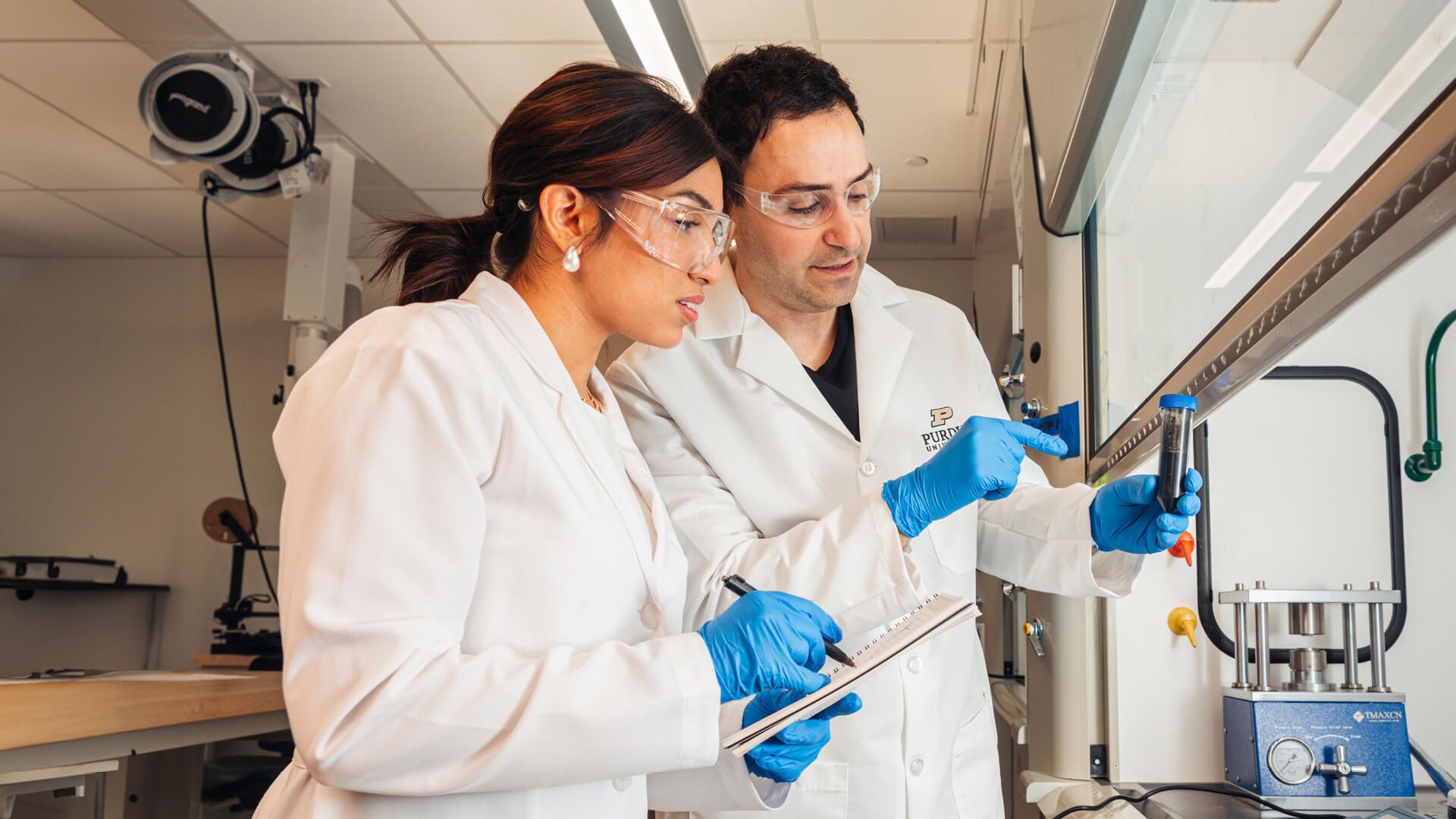
Babak Anasori works with a Purdue University student in his Indianapolis nanomaterials lab.
One of the world’s top engineering scholars is driving the creation of nanomaterials known as MXenes in his Indianapolis and West Lafayette research labs.
Babak Anasori is kind of a big deal. He ranks No. 1 in the U.S. and No. 7 in the world among all mechanical engineering scholars based on a ScholarGPS analysis of more than 140 million publications.
Research.com places him at No. 4 in the U.S. and No. 15 in the world in the 2023 Rising Stars of Science.
Yet, to his students at Purdue University, he’s also a mentor and friend — the approachable and engaging principal investigator in the Anasori Layered Materials and Structures Lab (LMSL) and the Reilly Rising Star Associate Professor in the School of Materials Engineering and the School of Mechanical Engineering.
Anasori’s Purdue lab reflects his commitment to students, especially in helping them discern their paths.
“I didn’t know what materials science and engineering were when I was entering university,” he says. “With that insight in mind, I’m always looking for students who might be a great fit for materials engineering, but who also might not know exactly what it is or what they want to do in life.”
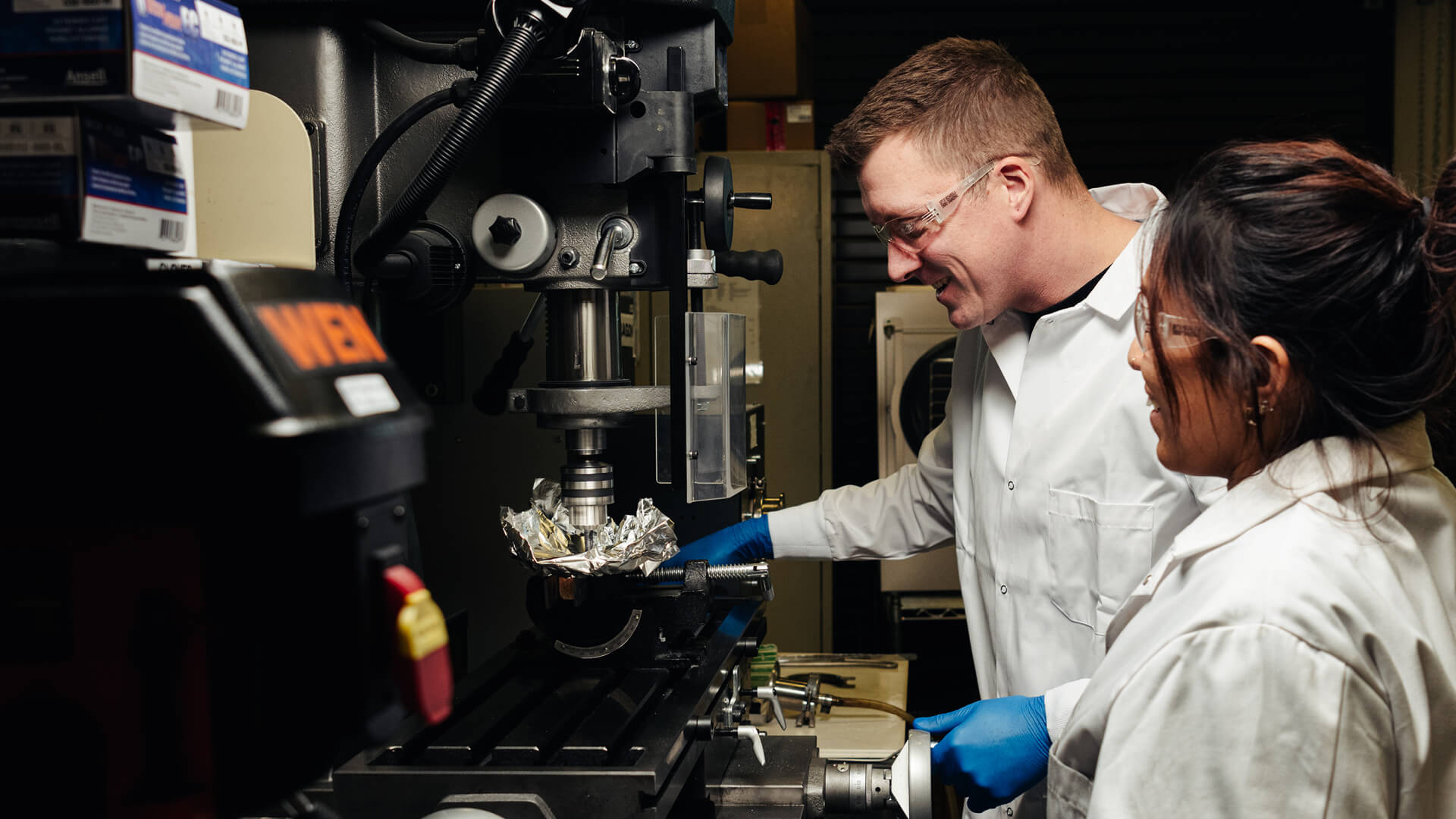
A journey that started in Iran
Being open to new possibilities is important to Anasori, as he likes telling his students: “I didn’t choose materials science. It chose me.”
Iran, where he is originally from, has a standardized nationwide university entrance exam. “You have four hours to take an SAT-style exam,” he explains, “It’s competitive, and it not only determines where you can study, but also what you can study.”
Anasori qualified for his top choice: Sharif University of Technology, located in Tehran.
When it came time to name the academic disciplines he would like to pursue, he chose majors that were familiar and reflected his love of building things: mechanical engineering, civil engineering, industrial engineering; to round out his list, he added materials science and engineering even though he didn’t really know what it was.
“The results came out, and I was selected for materials science and engineering,” he says. “The discipline I knew the least about. But little by little I got so interested in the field. I found that I could pursue my passion for building at the smallest scale possible by putting atoms together.”
After earning an undergraduate degree from Sharif and a master’s degree from the University of Tehran, Anasori moved to Philadelphia to earn his PhD at Drexel University, which has one of the top materials science programs in the world.
His research in Michel Barsoum’s and Yury Gogotsi’s labs at Drexel helped lead to the creation of a subfamily of novel nanomaterial known as MXenes (pronounced “maxines”).
The feeling of discovery
Given his background it’s no surprise that Anasori takes a scientific approach when it comes to inviting students to consider STEM majors and careers. He starts by asking a lot of questions.
“Anytime I teach a class or meet a student on campus, I always try to ask them: What is your goal in life? What is your goal for your job? What do you enjoy doing?” he says.
“If a student tells me they like to fix things or do projects around the house, I see cues that they may enjoy materials science and engineering. Because it is all about building things, putting things together.”
Anasori recognizes that students might need help understanding what translating their interests into a career looks like, so he shows them.
“If I find undergraduates who are a good fit for my lab, I invite them to come. I set this culture with my graduate students and postdocs, too, telling them that we always want to help the next generation and mentor them,” he says.
“Some students find that research is their life’s work; others realize that it’s not something they want to do forever,” he says. “But in the lab, we have a culture that says everyone is involved; everyone has the opportunity to discover their passions and maybe even novel materials.”
And MXene discovery is what it’s all about in the Anasori lab. “Basically, students experiment with atoms, with elements,” he says. “Sometimes we discover new materials.”
Anasori tells his students that this experience means that they now know something that no one else on the planet does until they share it with the world.
“And that’s the feeling of a discovery,” he says. “When I discovered a group of MXenes at Drexel, the feeling was incredible. I want as many students as possible to have the opportunity to feel the same exhilaration.”
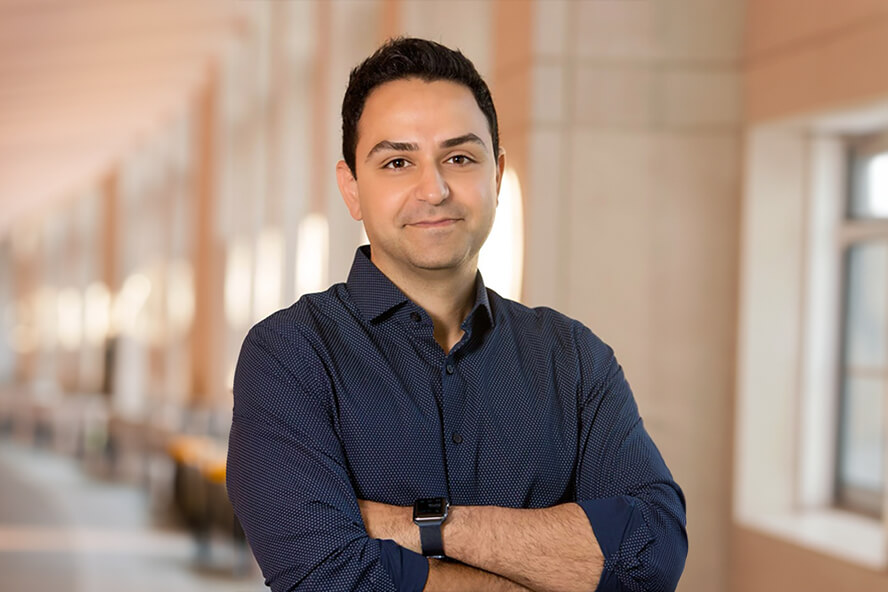
If a student tells me they like to fix things or do projects around the house, I see cues that they may enjoy materials science and engineering. Because it is all about building things, putting things together.
Babak Anasori
Reilly Rising Star Associate Professor
School of Materials Engineering
School of Mechanical Engineering
A ‘recipe’ for MXenes
MXenes are nanomaterials, a family of two-dimensional (2D) transition metal carbides, carbonitrides and nitrides that are conductive, durable and impermeable to electromagnetic radiation.
As a relatively new material, applications for their use are continually evolving, but currently include materials for energy storage and generation, lighter and stronger composites, electromagnetic interference shielding, biomedicine, and carbon capture and utilization.
Always trying to make science more approachable, Anasori likens the work done in his lab to a familiar process: cooking.
“When we make material, we refer to this as synthesis, which is similar to some degree to cooking,” he explains. “The elements are our main ingredient. Basically, we go and look at the periodic table. We mix varying moles or ‘scoops’ of titanium, aluminum and carbon. We measure mass and then molarity, and based on the molarity we mix them together.”
One blender in the Anasori lab rotates or “mixes” slowly, sometimes overnight. Another is strong and can rotate fast, blending materials in a few hours.
“We let the atoms blend together. And then we take them out and put them in the oven,” he says. “And our oven is, obviously, way hotter than the average oven. We sometimes go to 1,600 degrees Celsius or around 3,000 degrees Fahrenheit. I have furnaces that even can go above 2,000 degrees Celsius.”
Anasori leans into the cooking analogy not only because he thinks it’s an accurate one, but also because it makes the detailed, technical work that he does relatable to a wide audience.
“As much as I can relate materials science to normal life, I know that I can attract more students,” he says. “So yes, what we do is ‘cooking,’ but the results can be something so novel, something no one has ever thought about before.
“Whether it is in electronics, computers or space travel, we take the MXene material and we ‘cook’ up new ways in which they can be used,” he says, “and instead of tasting what we cook, we then test them in many different ways, for example, by using different forces, X-ray or electron beams, to understand how the new materials that we made behave (‘taste’).”
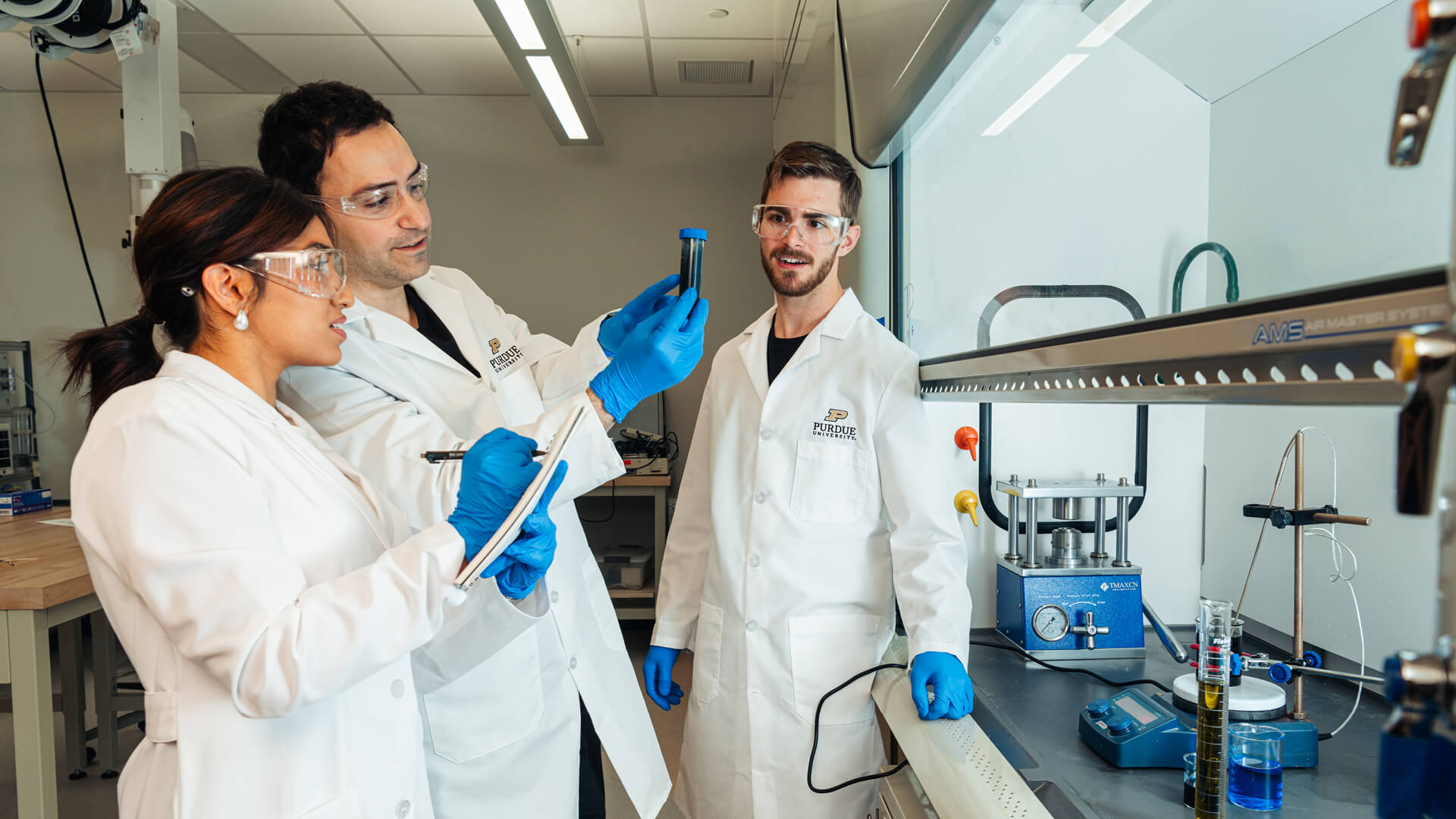
Nanoart
An additional, and unexpected, application for MXenes that Anasori discovered is in the world of art. It turns out that MXenes aren’t just useful; they’re also beautiful.
“Nanoart became a hobby for me while I was working on my PhD,” he says. “The best distraction when I was feeling overwhelmed.”
Anasori had never done nanoart before Drexel, but he was intrigued. “I started working with the MAX phases and every time I would do microscopy, I would capture a lot of interesting features because they’re layered structures.”
In Photoshop, he colored the layers, and images began to emerge. “Microscopy images are generated by electrons scanning instead of light, so they are not ‘real’ in a sense. They emerge from the computer in black and white. It’s really up to the person, to the scientists, to the artist, to interpret what they are seeing and add color.”
Nanoart stretched Anasori’s creativity. “I like to visualize things,” he says. “Imagination is a big part of my materials discovery research.”
Eventually he began entering his colorful pieces in competitions, earning awards as he went.
When Anasori became a professor, he realized that he wanted to make an experience that had meant so much to him available to his students.
“I started the NanoArtography competition specifically to have a venue that is open to everyone,” he says. “At the beginning it was an unknown competition. It has grown organically, such that last year we had 300 submissions from 36 countries.”

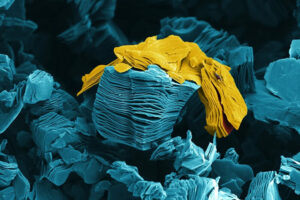
Freethinking Friday nights
Outside the lab, Anasori invests time fostering a positive group culture. He wants everyone to be involved, to mentor and help each other, and to understand that their voices matter.
To accomplish these goals, he holds a Friday evening meeting that’s more relaxed, less technical. He encourages students to think outside the box and to share their ideas freely. He also invites a wide range of students from a variety of academic disciplines.
“They come to the meeting and start basically thinking out loud,” he says. “If you find a crazy idea that you want to try, let’s discuss it in the Friday evening meeting. There is no judgment, no wrong or right there. And sometimes we come up with some new ideas that can lead to new directions for research or even materials discovery.”
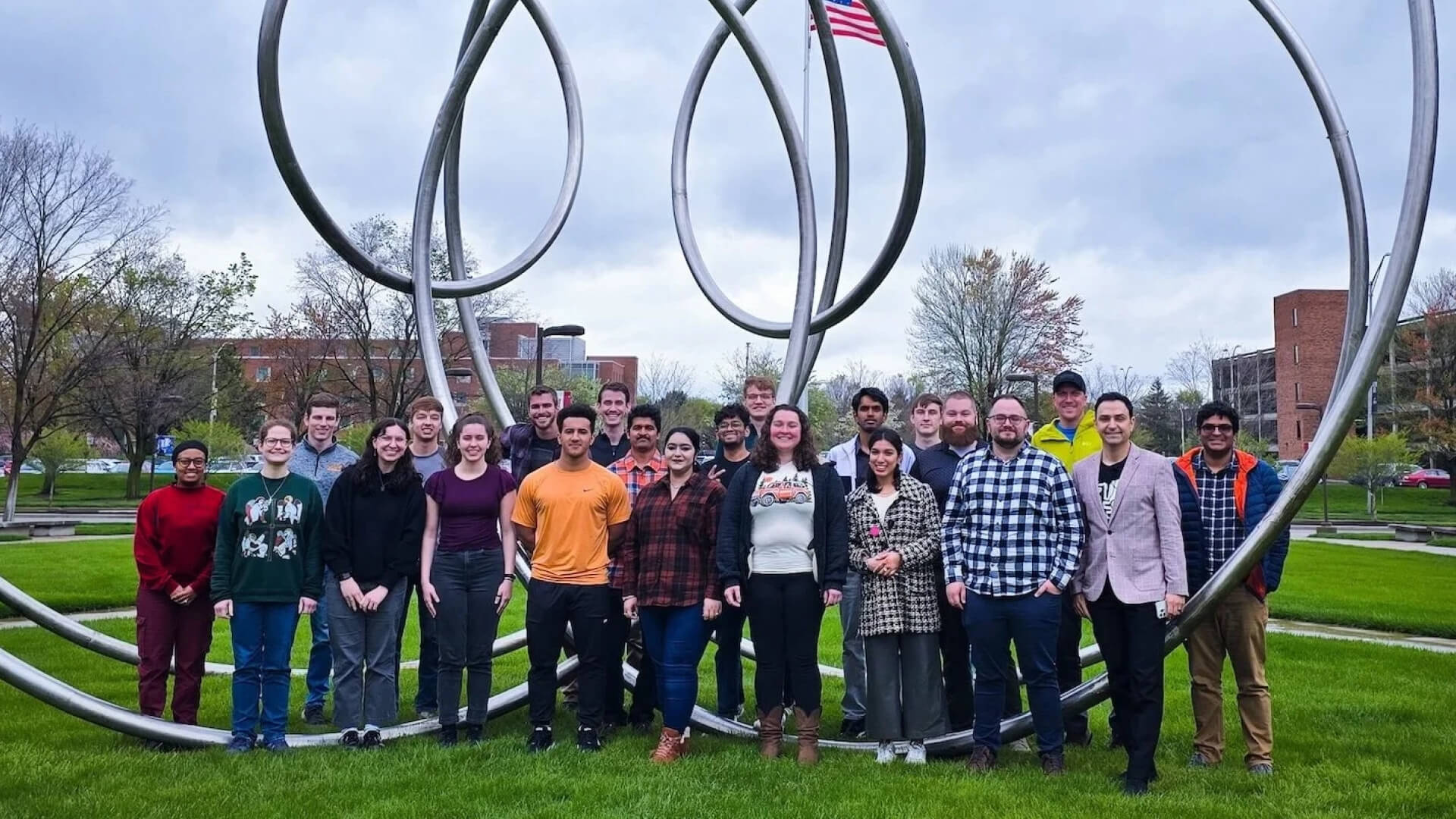
Living the Hard-Tech Corridor
In addition to Anasori’s thoughtful mentorship, Purdue students in Indianapolis benefit from the campus’ position at one end of the university’s Hard-Tech Corridor.
“For undergraduates, an urban campus is exciting; they have access to so many fun things,” he says. “And for students who like to do research, being in a setting where there are so many companies nearby makes internships and interactions that much easier.
“I have two labs: one in Indianapolis and a new lab that we’re building in West Lafayette,” he says. “We’re really going to live the Hard-Tech Corridor, the vision of President (Mung) Chiang.”
He says students are excited that the Indianapolis lab will extend to West Lafayette because the new lab will contain different equipment and new opportunities for interaction and collaboration.
“Being in both places will allow us to have access to the best of both campuses,” he says. “I can’t wait to see the impact.”
For undergraduates, an urban campus is exciting; they have access to so many fun things. And for students who like to do research, being in a setting where there are so many companies nearby makes internships and interactions that much easier.
Babak anasori
Reilly Rising Star Associate Professor
School of Materials Engineering
School of Mechanical Engineering
